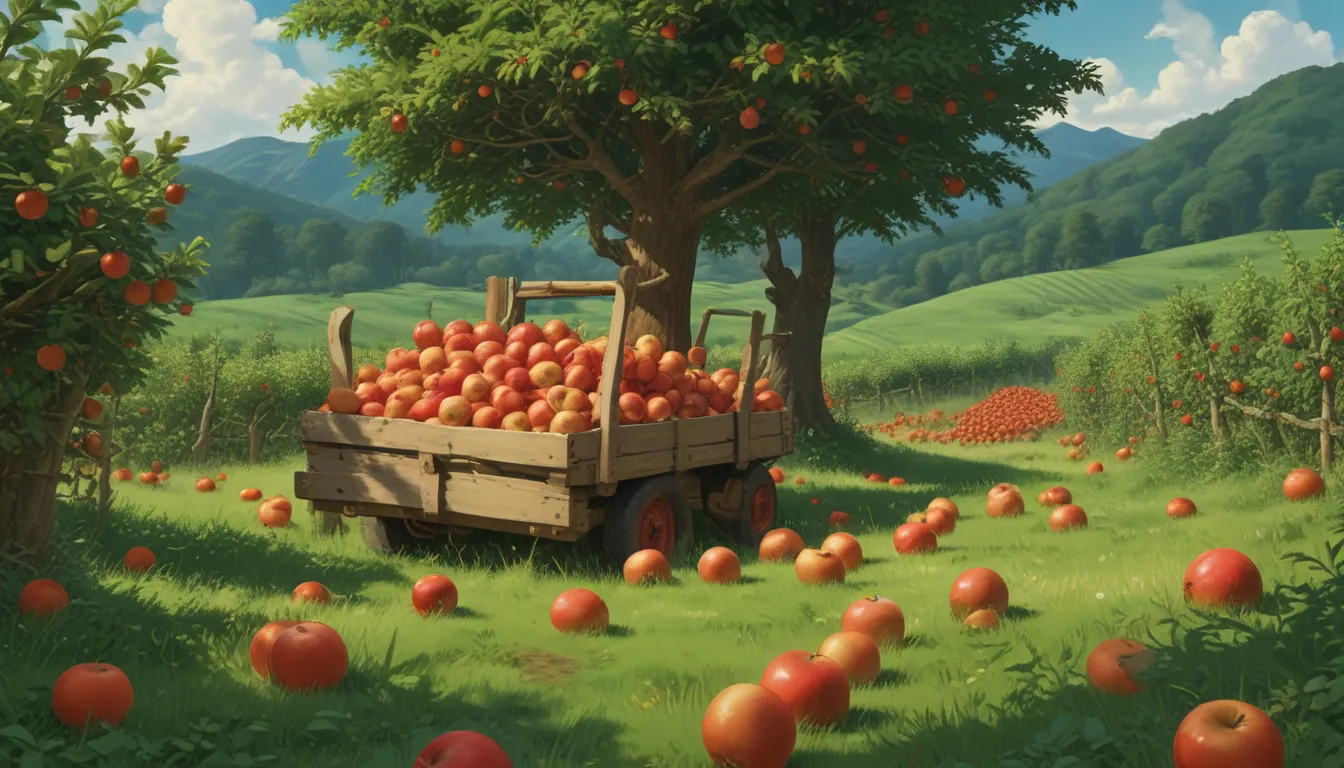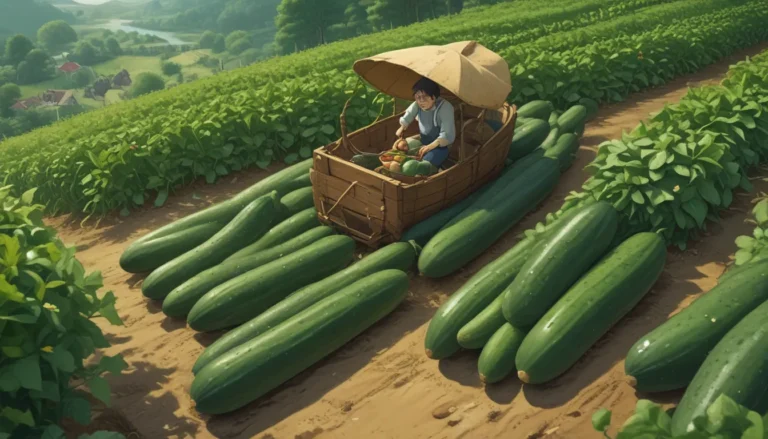Harvesting Apples: A Comprehensive Guide

Are you excited about your apple harvest but unsure about when and how to pick your apples for optimal taste and quality? Picking apples may seem straightforward, but there are key considerations to keep in mind to ensure you end up with a delicious bounty.
In this detailed guide, we will cover everything you need to know about harvesting apples, from estimating your harvest window to judging ripeness and maturity. By understanding the nuances of apple harvesting, you can ensure that your crop is perfectly ripe and ideal for eating, preserving, or baking.
What You’ll Learn
Let’s dive into the various aspects of apple harvesting to help you make the most of your fruit harvest:
- Estimating Your Harvest Window
- Judging Ripeness and Maturity
- Picking Time
- Troubleshooting
Estimating Your Harvest Window
Before you start picking apples, it’s essential to estimate your harvest window. Several factors can influence when your apples will be ready to harvest, including cultivar ripening times, weather conditions, and crop load.
Cultivar Ripening Times
Just like different vegetables in your garden, apple cultivars have varying ripening times. Some cultivars ripen as early as July, while others may ripen as late as November. Understanding the ripening time of your specific cultivar is crucial for deciding when to pick your apples.
Consider the expected ripening season provided by the vendor when you purchased your apple tree. Keep a gardening journal to track the ripening times of your trees and make adjustments in subsequent years.
Consult your local county extension office for precise information on when different apple varieties typically mature in your area.
Weather Conditions
Weather conditions throughout the year play a significant role in apple ripening. Warmer temperatures can accelerate ripening, while cooler weather may delay the process. Be attentive to weather patterns to estimate the timing of your harvest accurately.
Crop Load
The number of fruits on your tree, known as crop load, can also impact ripening times. Trees with heavy crop loads tend to ripen later, while those with lighter loads may mature more quickly. Take into account your tree’s crop load when determining your ideal picking time.
Judging Ripeness and Maturity
Before you start picking apples, it’s crucial to distinguish between ripe apples that are ready to eat and mature apples that still need time to develop their flavors fully.
Background Color
- Look for a change in background color from green to yellow or golden for most cultivars.
- For red apples, check for a change in background color on the shaded side of the fruit.
- Avoid judging apples solely based on skin color, as some varieties may turn red before reaching full maturity.
Firmness
- Mature apples should feel firm but not rock hard.
- Use the taste test to confirm firmness if unsure.
Stem Test
- Mature apples should detach easily from the tree when gently rotated.
- Avoid forcing apple removal, as this indicates the fruit is not yet ready for harvest.
Flesh Color
- Immature apples will have a greenish cast to their flesh.
- Mature apples will exhibit white or yellowish flesh color when cut open.
Taste Test
- Take a bite to evaluate firmness and flavor.
- Tart, astringent taste indicates immaturity, while a pleasantly sweet taste signifies ripeness.
Picking Time
Once you’ve confirmed that your apples are mature or ripe, it’s time to start picking. Follow these tips for a successful harvest:
- Gently twist apples to detach them from the tree.
- Use baskets, bags, or harvesting tools to gather your fruit efficiently.
- Take care not to bruise or damage the apples during harvesting to preserve their quality.
Troubleshooting
In case of fallen apples or approaching frost, be prepared to troubleshoot potential challenges:
Fallen Apples
- Prematurely fallen apples may be unpalatable and unsuitable for storage.
- Compost immature fruits and salvage mature ones for consumption or processing.
Frost and Freeze
- Apples can withstand light frost but may be damaged by hard freezes.
- Harvest mature fruit before a hard freeze to prevent damage.
- Use frozen apples promptly for cooking or processing to avoid spoilage.
By following these guidelines, you can ensure a successful apple harvest and enjoy the fruits of your labor throughout the season.
May your apple harvest be plentiful and flavorful! If you have encountered any unique challenges with apple harvesting, share your experiences in the comments below.
For more information on growing and caring for apple trees, explore the following guides:
- Growing Apple Trees: a Fruitful Primer
- How to Protect Apple Trees in the Winter
- How to Prevent and Control Powdery Mildew on Apple Trees
- How to Identify and Prevent Apple Cork Spot
Remember, a bountiful apple harvest awaits you with the right knowledge and preparation!
In this informative guide, we have explored the intricacies of apple harvesting, providing valuable insights to help you optimize your harvest. From estimating the harvest window to troubleshooting common challenges, this comprehensive resource equips you with the knowledge to navigate the apple harvesting process with confidence and success. Happy harvesting!





